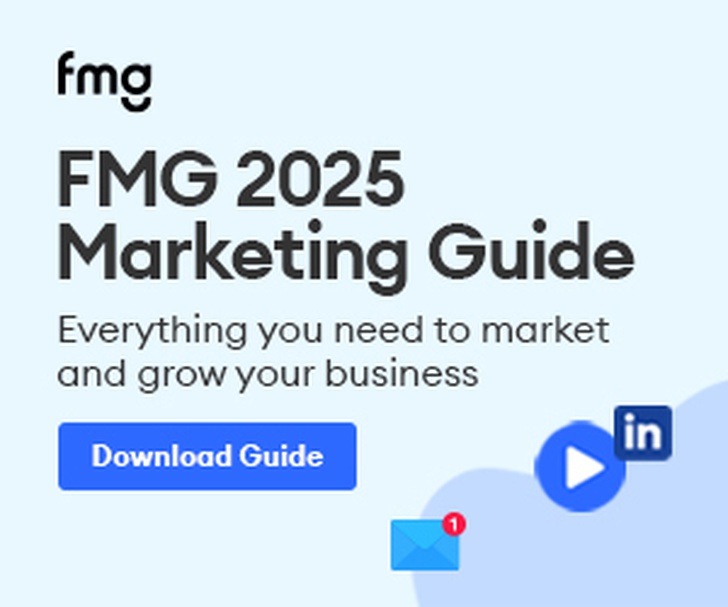Written by: Denise DiMeglio When’s the last time you took out a ruler and measured a newspaper article that featured your company? Let’s hope it’s been at least a couple decades (or never).We haven’t heard anyone ask for column inches in a while, but there are still a number of misconceptions about PR that can hold back or even undermine a media relations campaign.Here are four PR missteps to avoid and how a true media relations specialist will newshack a path into the headlines . Aiming only for the magazine cover. Sure, every company wants to be splashed across the cover of Forbes or profiled above the fold in the Wall Street Journal. But stories like that don’t happen overnight. They’re the result of months, sometimes years, of relationship building with the right reporters, and depend on a number of factors outside your control (timing, news cycles, etc.).Unless you’re Apple, Google, Microsoft, Amazon, etc., your best bet at attracting tier-one media is to build up a steady drumbeat of coverage in relevant trade and local publications. These placements will build credibility among your customers and other target audiences and help build the case for tier-one reporters to cover you. Putting print on a pedestal. Even among tech companies, a desire for print coverage lives on . The media doesn’t understand it, and neither do we. Consider these numbers: The New York Times has 1 million paying digital subscribers , plus an additional 59 million nonpaying digital readers. In contrast, the print edition has just 625,000 weekday and 1.5 million Sunday payers.Beyond differences in subscribers, online stories tap into a broad audience: Tech site The Verge receives 6.6 million unique visitors per month (UVPM), Mashable receives 20.6 million, and The Huffington Post gets nearly 30.4 million. Sure, it’s always nice to have a framed copy of USA Today hanging in your lobby, but in most cases, web stories’ wide readership and the speed and ease of sharing mean they cover a lot more ground than their print counterparts. Plus they’re indexed by the major search engines to be rediscovered for years to come. Valuing quantity over quality. The number of placements does say something about the health of your campaign, but much more important is the impact of those placements:



